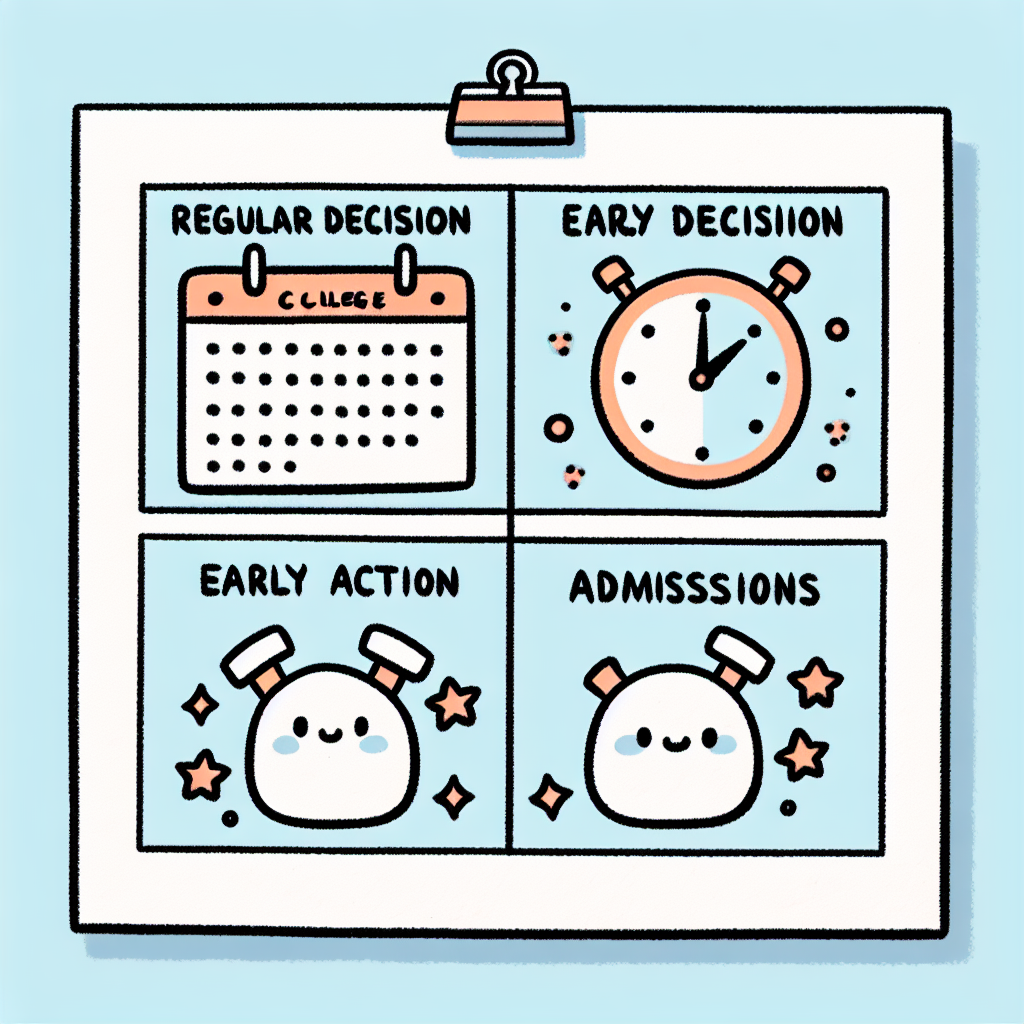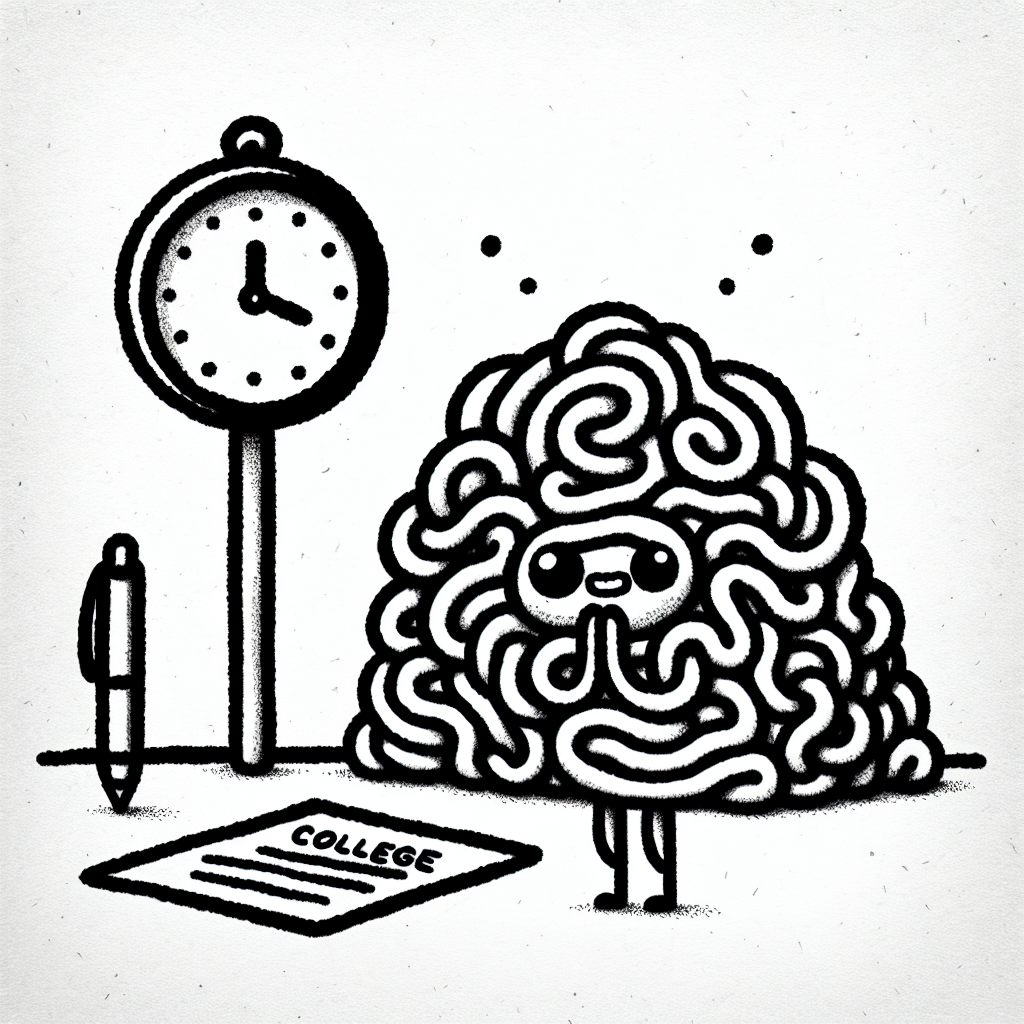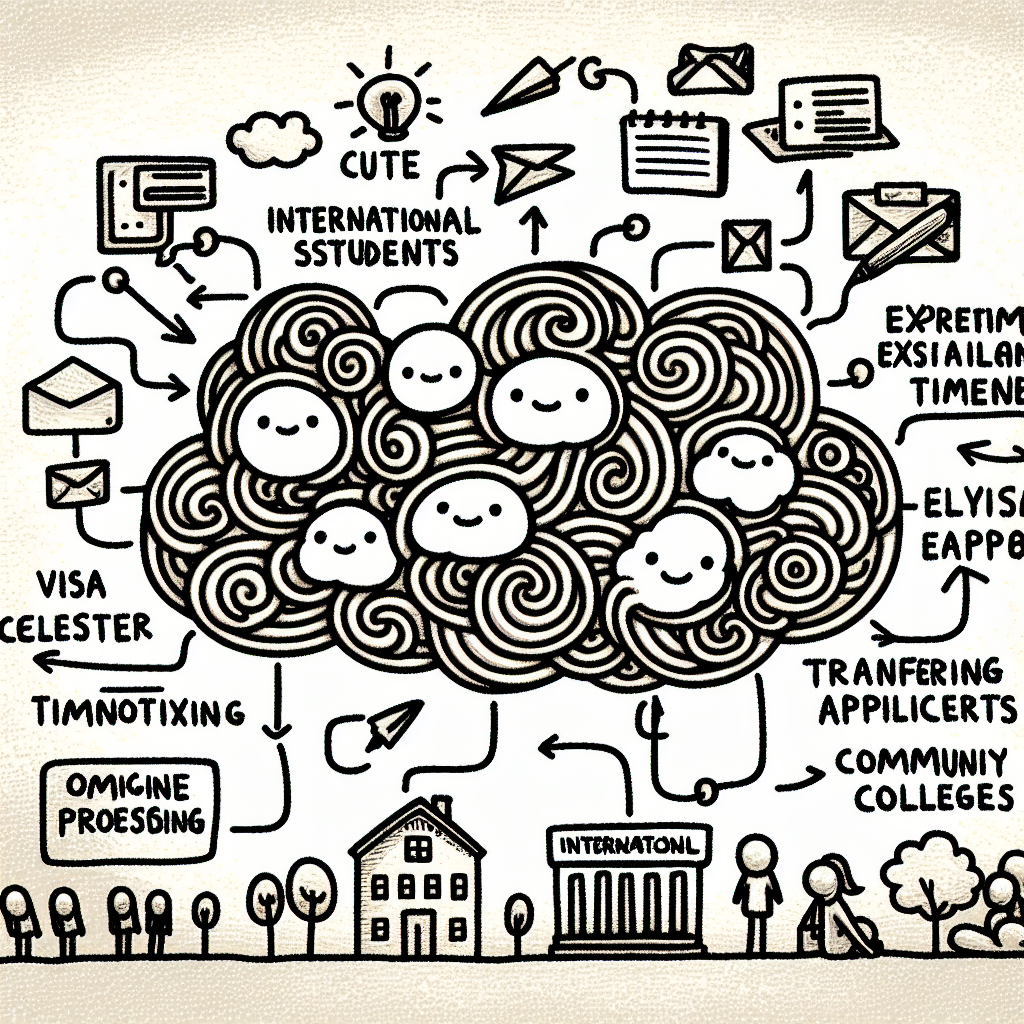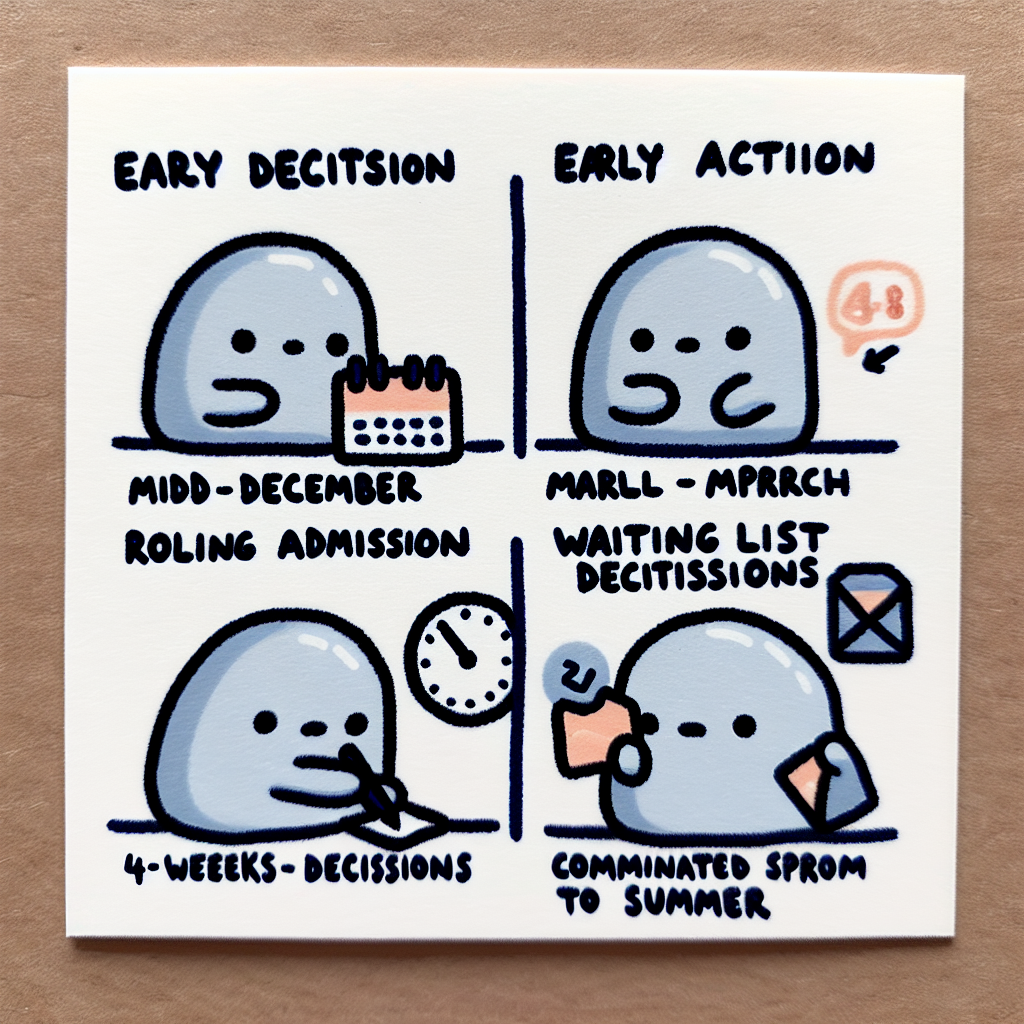College acceptance season is filled with anticipation and uncertainty. Understanding when and how acceptance letters are sent can help students and families plan ahead and manage expectations. This comprehensive guide outlines the key timelines, delivery methods, and factors influencing college decision notifications.
📅 Key Admissions Timelines
Understanding when college acceptance letters arrive depends heavily on the type of admissions process a student follows. Each pathway—Regular Decision, Early Decision/Early Action, Rolling Admissions, and Priority Deadlines—has its own timeline and implications for applicants.
🎓 Regular Decision
- Typical Notification Window: Mid-March to Mid-April
(College Board) - Regular Decision is the most common application route.
- It allows students to compare multiple offers before the national decision deadline of May 1.
⏱️ Early Decision (ED) & Early Action (EA)
- Notification Date: Usually by mid-December
(College Board) - Early Decision is binding, meaning students must attend if admitted.
- Early Action is non-binding, offering flexibility while still receiving an early response.
- These options provide an early read on applications, which can reduce stress for some students.
🔁 Rolling Admissions
- Decision Timeline: Typically within 4–8 weeks of application submission
(College Raptor) - Schools review applications as they are received.
- Applying early improves chances of acceptance and access to aid or housing.
⏳ Priority Deadlines & Special Programs
- Some institutions offer priority deadlines, which can result in earlier acceptance notifications.
- Specialized programs such as honors colleges or competitive scholarships may follow unique admissions timelines.
Each of these pathways affects when college acceptance letters arrive, making it important for students to understand the differences and plan accordingly.

📬 How You’ll Be Notified
When asking "when do college acceptance letters arrive," it's also important to know how colleges notify students of their decisions. Notification methods vary by institution, but most schools use a combination of digital and physical communication.
💻 Digital Notifications
Common Methods:
- College application portals: Most colleges post decisions directly on their application status portals. Students typically receive an email prompting them to log in and view the update.
- Email alerts: Institutions often send emails that either include the admission decision or direct students to their portal.
Digital notifications are the fastest way to receive college decisions (College Board Blog). Many colleges prioritize speed and accessibility through these channels.
📦 Physical Mail
Some colleges still send official acceptance letters through postal mail. These letters may arrive days or even weeks after the digital notification. Physical mail often includes more than just the decision itself—it can come with scholarship offers, brochures, and welcome packets to help admitted students learn more about the school.
📱 Optional Alerts
A few institutions offer optional alerts through SMS/text messages or dedicated mobile apps. These tools provide additional convenience and ensure students don’t miss important updates about their admission status.
Knowing how you’ll be notified helps you stay prepared once the period arrives when college acceptance letters arrive.

⏳ What About Waitlists?
🤷♂️ What It Means to Be Waitlisted
Being waitlisted means a college has not accepted or rejected you. Instead, you’re still under consideration if spots become available. Colleges, especially selective ones, use waitlists to manage enrollment numbers and ensure they meet their class size goals without overcommitting.
🕒 When You’ll Hear Back
If you’re on a waitlist, expect final decisions to potentially arrive in late spring or even summer. The timeline depends on how many accepted students choose to enroll (Sallie Mae). Since colleges wait to see their actual enrollment numbers, waitlisted students may not get updates until much later than regular decision applicants.
📝 What to Do If You're Waitlisted
If you are waitlisted, first decide whether to accept or decline your spot. Follow any instructions from the college, which may include submitting updated grades or a letter of continued interest. While you wait, it’s smart to commit to another school where you’ve been accepted, to secure your place for the fall. Understanding when college acceptance letters arrive can help you plan your next steps if you’re placed on a waitlist.

What Happens After You’re Accepted?
Once you receive your college acceptance letters, the next phase of the process begins. Understanding what to do after getting accepted can help you make a confident and informed decision.
📆 Key Next Steps
After your acceptance, your first step is to review the financial aid packages offered by each college. These packages often include grants, scholarships, loans, and work-study options. Evaluate each offer carefully to understand your out-of-pocket costs.
Next, consider attending admitted student events or scheduling campus visits. These opportunities give you a deeper sense of the campus culture, academic environment, and student life—important factors when deciding where to enroll.
Finally, you’ll need to confirm your enrollment by the decision deadline, which is typically May 1. This usually involves submitting a deposit and completing any required forms.
💸 Understanding Financial Aid Timelines
Financial aid offers generally arrive at the same time as or shortly after your college acceptance letters. These offers outline the types and amounts of aid you’re eligible for at each institution.
It’s important to compare the cost of attendance and net price across your accepted schools. Net price reflects the actual cost you’ll pay after subtracting grants and scholarships, giving you a clearer picture of affordability when deciding where to enroll.
Understanding these steps is essential once you know the answer to the question, "when do college acceptance letters arrive?"

Additional Considerations
International Students
International students wondering when do college acceptance letters arrive should be aware that their timelines may differ from domestic applicants. In addition to waiting for admission decisions, they must account for visa processing, credential evaluations, and international mailing times. These factors can extend the overall timeline, so applying as early as possible is essential to ensure enough time for all required steps.
Transfer Applicants
Transfer applicants often follow a different admissions schedule than first-year students. Depending on the college, transfer decisions may be released on a rolling basis or by early summer. This variation means that the answer to when do college acceptance letters arrive can differ significantly for transfer students, who should check with individual institutions for exact timelines.
Community College Pathways
Students transferring from community colleges through guaranteed transfer agreements—like those in place between state community colleges and public universities—may encounter unique acceptance schedules. These programs often have clearly defined application periods and decision dates, which may not align with traditional freshman admission cycles. As such, understanding when do college acceptance letters arrive requires reviewing the specifics of each pathway agreement.

📚 Summary of Key Dates
Understanding when college acceptance letters arrive depends largely on the type of admission process a student applies through. Here's a concise breakdown of typical notification windows for each admission type:
Admission TypeTypical Notification WindowEarly DecisionBy mid-DecemberEarly ActionBy mid-DecemberRegular DecisionMid-March to Mid-AprilRolling AdmissionsWithin 4–8 weeks of applyingWaitlist DecisionsLate spring to summer
These timelines can vary slightly depending on the institution, but they offer a general idea of when college acceptance letters arrive across different application types.

References
- College Board - Regular Decision: Provides an overview of when regular decision college acceptance letters typically arrive.
- College Board - Early Decision/Action: Details timelines for early decision and early action notifications.
- College Raptor - Rolling Admissions: Explains how rolling admissions affect when college acceptance letters arrive.
- College Board Blog - Notification Methods: Discusses the various methods colleges use to notify students of their acceptance.
- Sallie Mae - Waitlisted Applicants: Covers what students on waitlists should expect regarding the timing of college acceptance letters.














